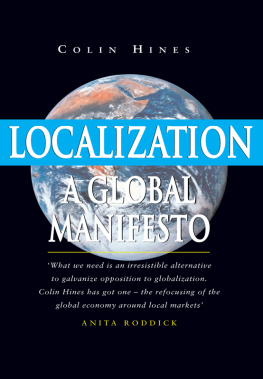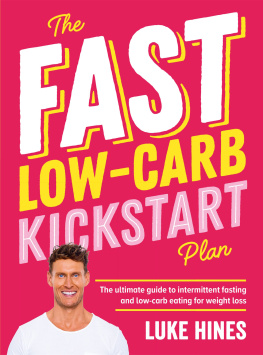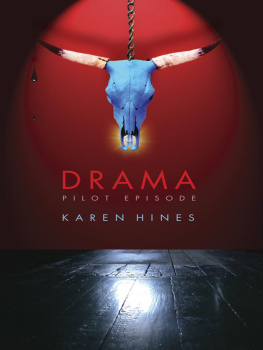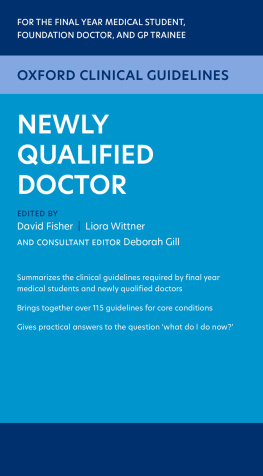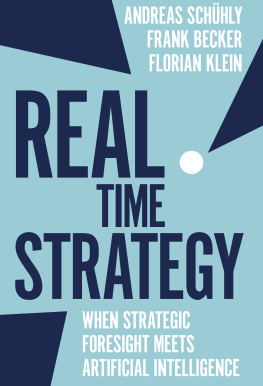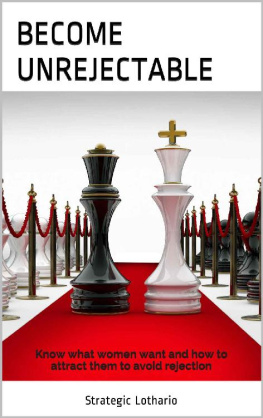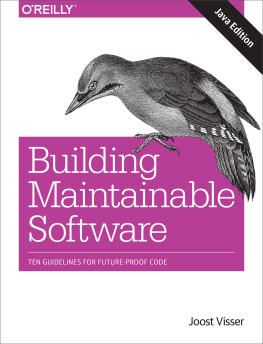Thinking about the Future:
Guidelines for Strategic Foresight
Second Edition
Andy Hines and Peter Bishop
Foreword by Richard Slaughter
Preface to the First Edition
It is a rare pleasure to welcome this book of guidelines for excellence in strategic foresight. Something like this has long been needed. As part of the run-up to creating the Australian Foresight Institute (AFI) I tried my hand at some possible definitions of strategic foresight. One was:
Strategic foresight is the ability to create and sustain a variety of high-quality forward views and to apply the emerging insights in organizationally useful ways; for example, to detect adverse conditions, guide policy, shape strategy; to explore new markets, products, and services.
This is not a perfect definition. It doesnt mention social foresight, which later became a primary focus as we saw how, properly understood, this modality can rise up from its relatively humble human origins and become a social principle of remarkable power. What we also grappled with was how to access and distill widely scattered professional knowledge and capability in a way that would be broadly useful both to our students and, possibly, to others. That goal has finally been achieved by Andy Hines and Peter Bishop.
There are several other reasons why I am delighted to welcome this book. First, it is, in part, a marvelous response to a challenge I attempted to set out in a paper for Futures on professional standards in futures work published in 1999. There I drew on some of the earlier work of futurists such as Eleonora Masini, Yehezkel Dror, and Wendell Bell, to propose a broad framework for approaching the topic, but it fell a long way short of providing the kind of detailed practical recommendations set out here.
Second, the authors have synthesized some of the best applied thinking available and, in the process, have created one of the first, if not THE first, truly broad church and ecumenical futures texts. What makes it distinctive is that it moves lightly and with ease across so many of the fruitless lines of difference and paradigm conflicts that have divided our field and, in so doing, draws upon any and all who have something useful to contribute. Third, they do this in a way thats both critically and integrally informed throughout. This is a real achievement in its own right. Critical and integral futures perspectives bring into play interior individual and interior collective factors that have a great deal to offer but have often been misunderstood or set aside. Practitioners have not been universally willing to accept these gifts, to take on the challenges they imply, or to explore their implicationsnot only for background theorizing but also for day-to-day practice across the board. The book clearly demonstrates some of the payoffs of accessing and applying these powerful new perspectives.
Fourth, it addresses the concerns of practitioners in a clear and accessible manner. I imagine that virtually everyone engaged in applied foresight work will want to read it through in its entirety and then return, over and over again, to key sections. Equally, those who ignore it, believing that their own toolkit is already complete and needs no further improvement, will discover over time that they produce inferior results. In other words, this book helps move the field towards a new stage of practical competence and capability.
Finally, it reads very well. There are few signs of the extensive editing, the cutting, pasting, and liaison necessarily involved in a project of this kind. Overall we must be profoundly grateful to Andy Hines and Peter Bishop for their time, effort andmost of alltheir vision. The book will be of enormous and enduring value to practitioners everywhere. It will also help propel the field into a future where work of the quality suggested here is not merely available to the few but eagerly sought and promoted by organizations of all kinds.
This is a future in which the foresight profession thrives and, in so doing, illuminates new options for an ever more hard-pressed world.
Richard A. Slaughter
Foresight International, Brisbane, February 2006
Notes:
Australian Foresight Institute, publicity flyer, Melbourne, December 1999.
Slaughter, R. Professional Standards in Futures Work, Futures, 31, 1999, 83551. Revised and updated as Chapter 3 of Slaughter, R. (2004). Futures beyond Dystopia: Creating Social Foresight. London: Routledge.
Preface to the Second Edition
The foreseeable depletion of the original print run of Thinking about the Future a year ago provided an opportunity to think about the future of this book. Two opportunities suggested a second edition was in order. First, some of the guideline examples were getting a bit dated. Second, our additional work on the process of using the six framework activities opened up an opportunity to provide specific how-to process advice to supplement the guidelines.
All the examples of the 115 guidelines were reviewed and 53 were updated. This also led to several new references being added. This was done for new readers in order to bring a more contemporary feel to the book. Otherwise, the original guidelines are intact, in the same place and order.
The more substantive change is the addition of a new section () to provide more tangible, practical, how-to advice. The first edition was written not to provide step-by-step instruction on how to do a foresight project, but rather to share key tips and wisdom from practitioners about the best practices they have gleaned from years of doing this work. The guidelines provide advice on forecasting, for example, without going into the specific methods or techniques for doing so. One could certainly infer some process tips, and I have heard from readers who have done so. Thus, I had hoped the opportunity might present itself to address that issue in a new edition.
Peter Bishop and I have been working on our approach to doing and teaching how to do foresight projects for the University of Houston Foresight Program since the book was first published in 2007. Peter originally developed framework forecasting, which went through the first three activities of the framework presented here: .
We owe thanks to the many Masters and Certificate students who worked with us as we tried out various approaches over the years. We got the methodFramework Foresightto a satisfactory point in 2013, when it was published in the prestigious journal Futures. That article is the basis for the new section. Of course, the work is never done and we will continue to improve the method. The new section that presents the Framework Foresight method provides readers not only with tips and guidance for the guidelines, but a step-by-step method for exploring the future of any topic. The idea of the framework is to provide a modular approach with various ways to carry out the six activities. We provide our own viewthe one we teach and use in practicebut we recognize that there are myriad ways to carry out the framework activities.
I hope these changes will enable the original work of our three-dozen significant contributorsand the hundreds of others who have in some way helped us to produce this workto live on as a useful reference for professional futurists and for everyone interested in thinking about the future.
Andy Hines
University of Houston
Texas, August 2015
Thinking about the Future: Guidelines for Strategic Foresight
2015 Hinesight Edition
Copyright 2006, 2015 by Andy Hines
Smashwords Edition
All rights reserved. No part of this book may be reproduced in any form or by any means, electronic or mechanical, including photocopying, microfilm, recording, or any other means, or incorporated into any information storage or retrieval system, without prior written permission from Hinesight.


